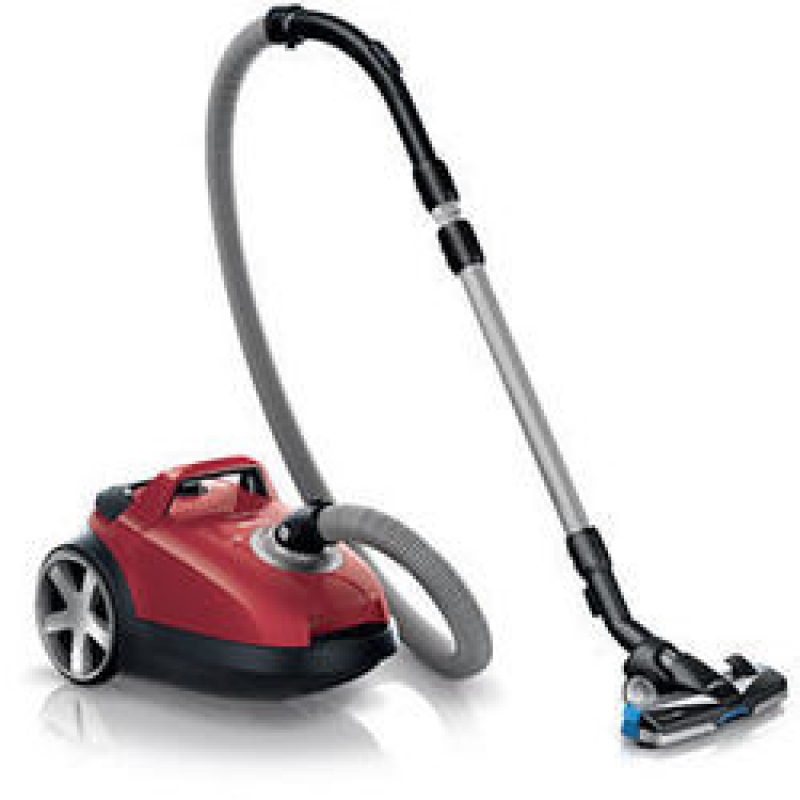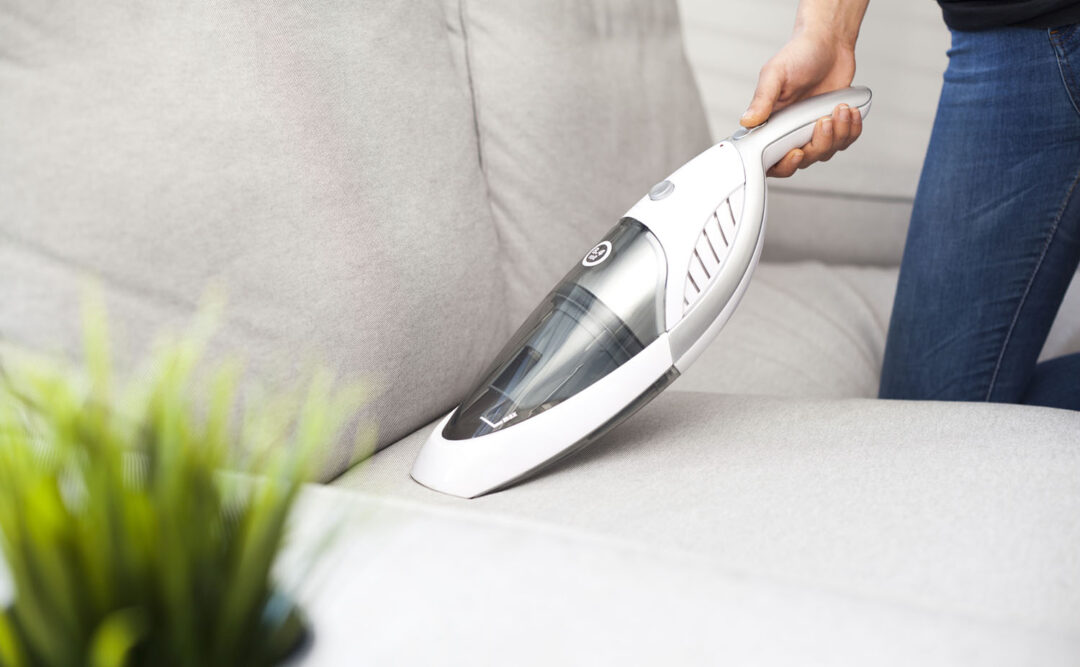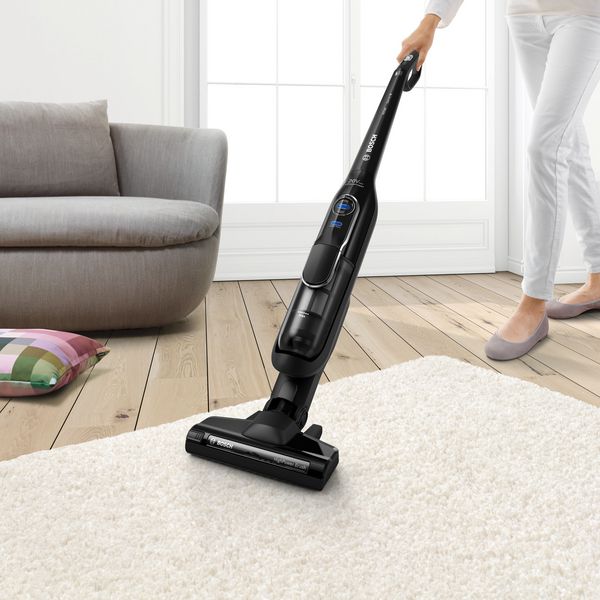Oppdag den beste mini støvsugeren som er best i test, samt viktige egenskaper og fordeler ved denne allsidige støvsugeren. - GadgetsLand
Innholdsfortegnelse
Innledning
Mini støvsugere har blitt stadig mer populære de siste årene på grunn av deres praktiske størrelse og allsidighet. I denne artikkelen vil vi presentere den beste mini støvsugeren som er best i test, basert på grundige tester og vurderinger av flere modeller. Vi vil også diskutere viktige egenskaper å se etter når du velger en mini støvsuger, samt fordeler og ulemper ved denne typen støvsugere.
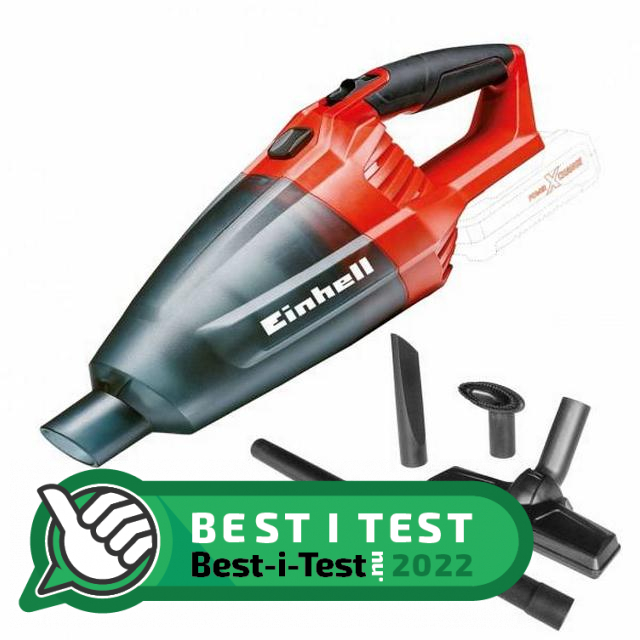
Bakgrunn
En mini støvsuger er en håndholdt støvsuger som er designet for å være lett og kompakt, samtidig som den gir tilstrekkelig sugekraft for å håndtere små støv og smusspartikler. Denne typen støvsugere er ideell for rengjøring av trange områder, som bilinteriør, sofakroker, hyller og tastaturer. De er også praktiske for rask rengjøring av små rotete områder i hjemmet eller på kontoret.
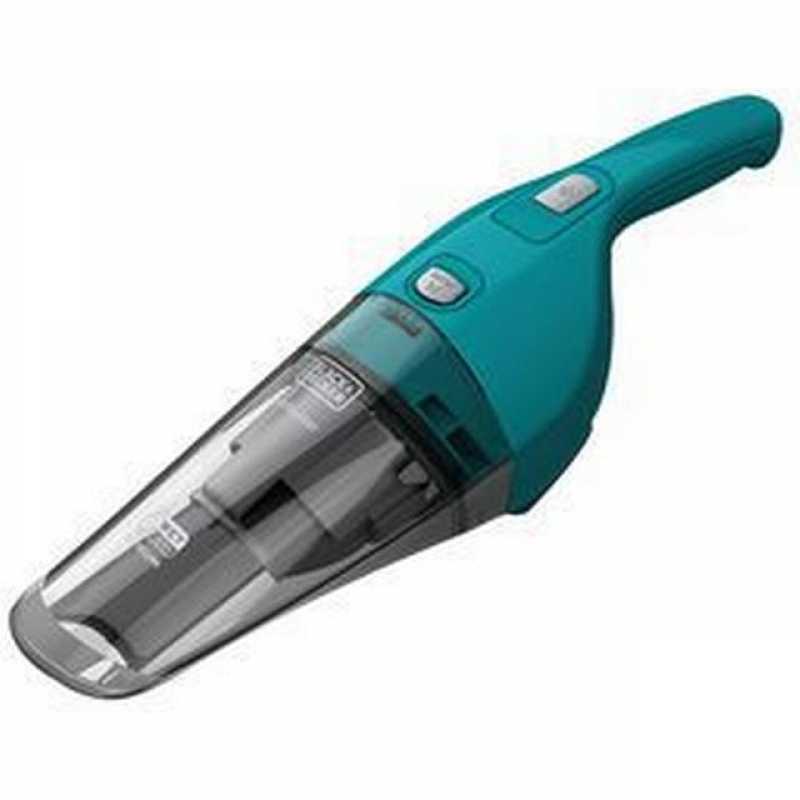
Best i Test: Dyson V15 Detect Absolute Extra
Etter grundig testing og evaluering av flere mini støvsugere, har Dyson V15 Detect Absolute Extra blitt kåret til den beste mini støvsugeren på markedet. Denne modellen imponerer med sin innovative teknologi og suverene ytelse.
| Egenskaper | Detaljer |
|---|---|
| Sugekraft | Utrolig kraftig sugeevne som effektivt fjerner smuss og støvpartikler |
| Batteritid | Lang batteritid som gir nok strøm til å rengjøre flere områder før lading er nødvendig |
| Innovativ teknologi | Laser som lyser opp støv og skitt for bedre synlighet, samt spesialdesignet munnstykke for hårfjerning |
| Ergonomi | Lett og behagelig å holde, med intuitivt plasserte kontroller for enkel bruk |
Dyson V15 Detect Absolute Extra scorer høyt på alle nøkkelegenskapene til en god mini støvsuger. Sugekraften er imponerende og fjerner effektivt selv små partikler fra forskjellige overflater. Batteritiden gir tilstrekkelig brukstid, og den innovative teknologien med laserlys og spesialdesignet munnstykke gjør rengjøringen mer effektiv. Støvsugeren er også ergonomisk designet for komfortabel bruk over lengre tid.
Se også
Andre Anbefalte Modeller
Philips SpeedPro Max Aqua+
Philips SpeedPro Max Aqua+ er en annen anbefalt mini støvsuger med gode egenskaper. Den har enkel håndtering, god batterikapasitet og et foranliggende lys på munnstykket som gjør det enklere å se støv og smuss. Med Aqua-munnstykket kan du både støvsuge og rengjøre gulvet samtidig, og den har dobbel sugekraft for å takle både vanskelige flekker og vanlig støv.
Vooni
Vooni mini støvsugeren er en liten og hendig modell som er ideell for rengjøring av sofaen, bilen, lister og andre områder som er vanskelige å nå med en vanlig støvsuger. Den er spesielt praktisk for å komme til på trange steder og er enkel å håndtere.
BOSCH Gas 35 L
BOSCH Gas 35 L er en universalstøvsuger som er spesielt egnet for snekring og oppussing. Den hjelper deg med å holde lungene frie for farlige kjemikalier og kan suge opp både støv og vann. Med automatisk filterrengjøring hver femtende sekund, sikrer den optimal ytelse under arbeidet.
Electrolux
Hvis du er på et budsjett, vil Electrolux mini støvsuger være et godt valg. UltraOne Green-modellen bruker 65% mindre energi og har en stillegående, men kraftig motor. Den har også et effektivt munnstykke, FlowMotion, som gir høy luftstrøm for grundig rengjøring.
Neatsvor X600 Pro
I kategorien robotstøvsugere er Neatsvor X600 Pro den beste i test. Denne modellen har imponerende batteritid på opptil 180 minutter og kan lade seg selv. Den er ideell for automatisert støvsuging og tar seg av rengjøringen uten din innsats.
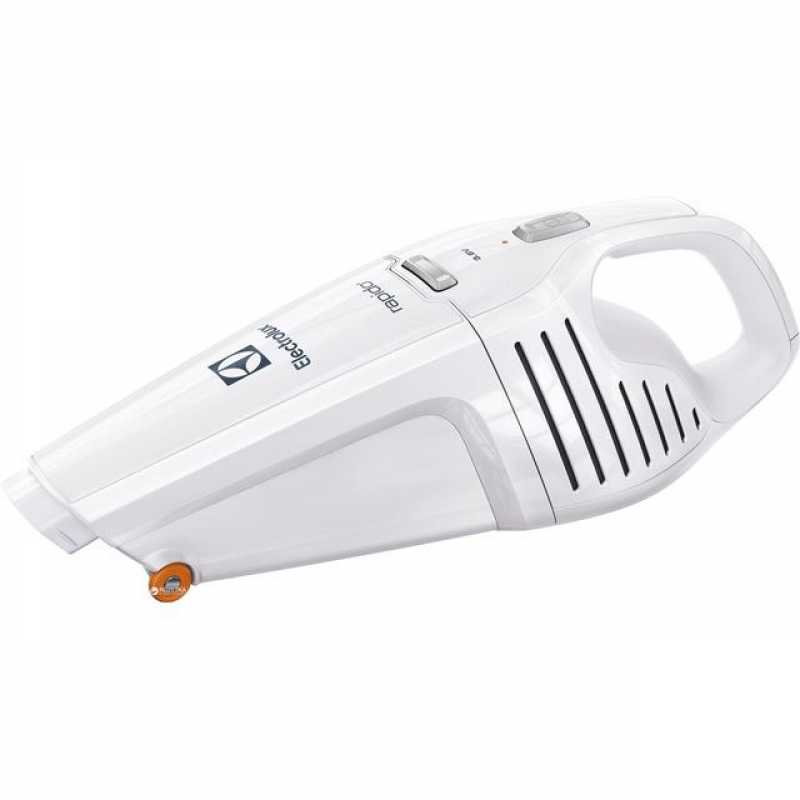
Oppsummering
Mini støvsugere er praktiske og allsidige verktøy for rask rengjøring av trange områder. Dyson V15 Detect Absolute Extra er den beste mini støvsugeren som er best i test, på grunn av sin imponerende sugekraft, lang batteritid og innovative teknologi. Philips SpeedPro Max Aqua+, Vooni, BOSCH Gas 35 L, Electrolux og Neatsvor X600 Pro er også anbefalte modeller med gode egenskaper og egnet for ulike behov og budsjetter.
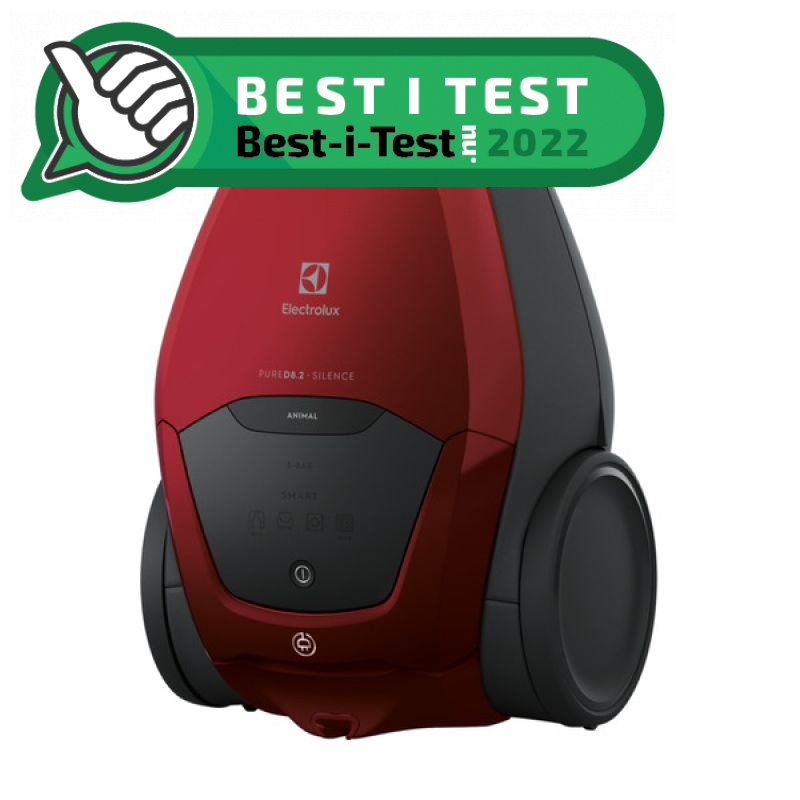
Hva vil Wiki fortelle oss?
When it comes to small motors used in appliances such as household appliances, handheld tools, and office machines, there are several special motors available. These motors are characterized primarily by their simple construction, which is suitable for mass production. They often have low efficiency and performance but are specifically designed for their intended use, making them an integral part of the appliance.
Electric motor drives are the largest end-user of electrical energy, accounting for 43-46% of the total. Small motors are the most numerous. Medium-sized motors ranging from 0.75 to 375 kW consume the most energy, while motors over 375 kW account for a negligible portion of the total consumption. Therefore, it is of great importance from a resource perspective to focus on efficiency and energy consumption in smaller and medium-sized motors. The efficiency of medium-sized motors can exceed 95%, but often motors larger than necessary are chosen for industrial applications. By improving adaptation, energy utilization can be improved, and the same applies to the use of power electronic converters for applications with changing operating conditions.
Terminology and Components
An electric motor is a machine that converts electrical energy into mechanical energy, usually in the form of rotation. There are three main types based on the use of physical concepts: electromechanical, electrostatic, and piezoelectric motors. The first category is by far the most common and is discussed in this article.
For several types of electric motors, there are no fundamental differences from a generator. The same machine can therefore be operated as both a motor and a generator. Therefore, the term "electric machine" is used instead of "generator" and "motor." However, there are many types of motors that are not used or cannot be used as generators for various reasons. The opposite is also true. However, the type of current plays a difference, so a distinction is often made between alternating current and direct current motors, although there are exceptions to this rule.
Special motors are often referred to when referring to motors for specific purposes or low performance. These motors often do not perform well for purposes other than their intended use. Usually, these are single-phase supply motors, and their application is small machines in households, industries, and offices.
Mechanically, a motor consists of the following main components:
- Electric main parts:
Historical Development
Theoretical Development
An important discovery that formed the basis for experiments with rotating electrical devices was made by the Danish physicist Hans Christian Ørsted (1777-1851), who discovered magnetic fields around electrical conductors. In 1820, he discovered that an electric conductor would affect a compass needle to move if it is held near the conductor. An earlier invention that made controlled experiments with electricity possible was the invention of the electric battery (Voltaic pile) by Italian scientist Alessandro Volta (1745-1827). Many inventors and scientists studied electromagnetic phenomena and searched for practical applications of electricity. They often worked independently of each other, and new discoveries were made almost daily.
The French mathematician and physicist André-Marie Ampère (1775-1836) studied the relationship between magnetism and electricity simultaneously with Ørsted. The rule that is now known as Ampère's circuital law describes the relationship between magnetic flux density and current intensity in a conductor. This fundamental discovery was made in 1820 and published a few years later.
In 1831, the British physicist Michael Faraday (1791-1867) discovered that a magnetic field can affect an electric conductor, resulting in an electromotive force (EMF) in the conductor. This discovery is later known as Faraday's law, and the phenomenon is referred to as electromagnetic induction. Almost simultaneously, the American physicist Joseph Henry (1797-1878) made the same discovery. This is the inverse physical process of what Ørsted had discovered. Induction is the physical basis for the operation of a generator, although induction also occurs in an electric motor. More specifically, the electromotive force (EMF) is proportional to the time derivative of the magnetic flux density:
E = -dΦ/dt
The minus sign is explained by Lenz's law:
In the very early experimental phase of electromagnetism, the phenomena involving physical forces between magnetic fields and electric conductors on one hand and induction on the other hand were strictly separated. Magneto-electric machines were discussed when referring to the background of the operation of generators, and electro-magnetic machines when referring to motors. Only in 1833 was it pointed out that there was a connection between these phenomena when the German-Baltic physicist Emil Lenz (1804-1865) published an article entitled "the law of reciprocity of magneto-electric and electro-magnetic phenomena." With this, it was practically claimed that an electric motor can function as a generator, and vice versa. In 1838, several reports were published on experiments demonstrating reversible processes.
The fundamental relationship that defines the operation of a motor is Ampère's force law, which states that the force is given by the expression:
F = BIL
where the symbols mean:
The figure on the right shows how a conductor in a magnetic field is impacted by this force.
The First Rotating Devices
Creating rotating electrical devices was something that several inventors and scientists worked on independently of each other; it can almost be described as a fashion trend from the first half of the 1850s. Experiments were conducted with both rotating machines and devices in which a rod was set to move back and forth, similar to the piston in a steam engine (something like what is now called a linear motor).
As mentioned, Ørsted was the first to discover the connection between electrical conductors and magnetic fields. Faraday had already conducted experiments in 1821 that demonstrated rotation caused by magnetism. That year, he showed that a suspended electrical conductor could rotate in a circle around a magnet. Another early invention of significance was the electromagnet created by English physicist William Sturgeon (1783-1850).
The very first simple rotating device based on electromagnetism is considered to be a device built by the Englishman Peter Barlow (1776-1862) in 1822. This device consisted of a coil of wire that rotated between the poles of a horseshoe magnet, producing a continuous rotation. This device was not practical for any application and was mainly an experimental apparatus to demonstrate the concept of rotating electrical devices. The real breakthrough in the development of electric motors came later with the work of Moritz Hermann von Jacobi, Thomas Davenport, and Charles Grafton Page, who made significant contributions to the development and practical application of electric motors.





